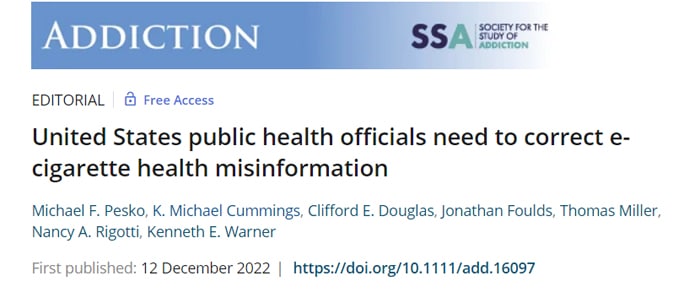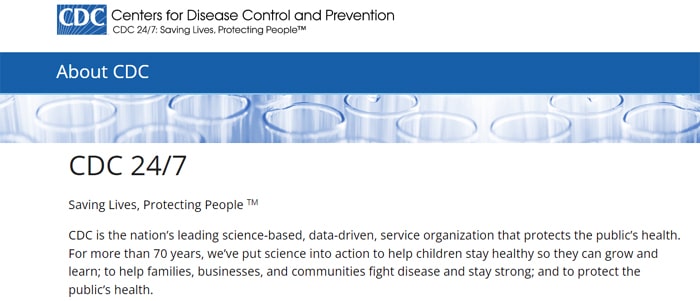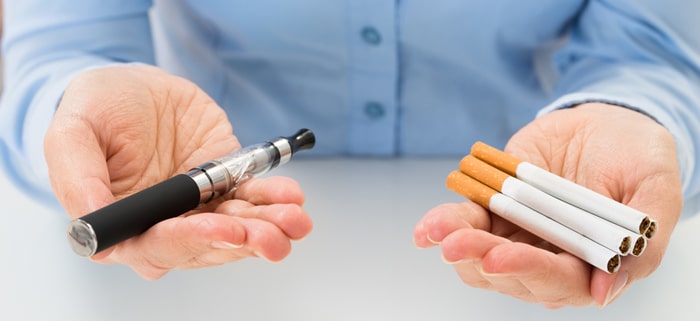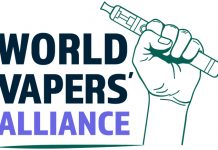A report published on the Addiction Journal website examines misinformation on vaping in the USA.
It states that the Surgeon General (SG) of the United States launched an initiative to reduce health misinformation. The SG wrote…
“Health misinformation is a serious threat to public health. It can cause confusion, sow mistrust, harm people’s health, and undermine public health efforts. Limiting the spread of health misinformation is a moral and civic imperative”
The report authors applaud the SG for this and note most of the examples quoted in the SG incentive are related to COVID.
Therefore the authors investigated some of the more common vaping myths spread around as “health information”. These should have been corrected according to the category of “updating assessments and recommendations based on new evidence is an essential part of the scientific process” – one of the aims of the SG.
“Health misinformation is harmful as it can cause confusion and sow mistrust regarding the adoption of public health recommendations and policies. We provide examples of e-cigarette misinformation promoted by the United States public health officials, which have persisted despite new data challenging the validity of the original assertions.”
Content Of Report
This report tackles a two different areas…
EVALI
As we have reported in the past the term “EVALI” was coined to refer to the lung injury caused by dodgy THC vaping cartridges containing Vitamin E. The term itself is misinformation as it stands for “E-cigarette or Vaping Product Use Associated Lung Injury” – which is obviously horse poo! Sadly this widespread coverage (which even reached the UK) put a lot of people off vaping.
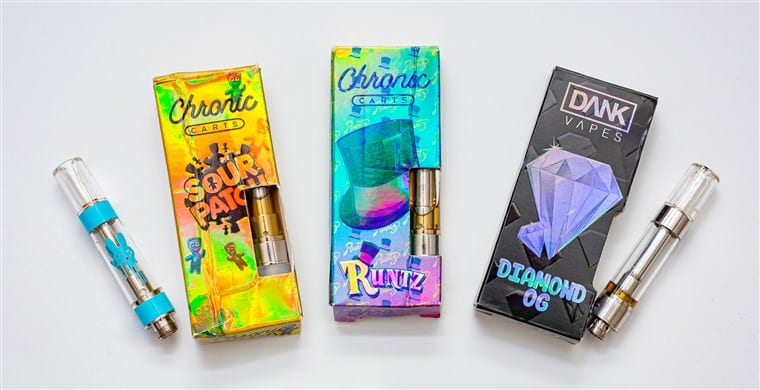
The report states…
“Despite the evidence, the CDC continues including ‘e-cigarettes’ in the name EVALI. This naming has affected news coverage and contributed to distorted consumer beliefs about the risks of nicotine vaping. Smokers are twice as likely to incorrectly identify nicotine e-cigarettes as the cause of EVALI than to correctly identify illicit, adulterated THC products. EVALI contributed to an immediate increase in the perceived risks of e-cigarettes relative to more dangerous combustible cigarettes, and these increased misperceived risks have not fully abated. This increased perceived risk is associated with a 30% reduction in both e-cigarette demand and reduced use of e-cigarettes for smoking cessation”
According to the report 75 experts asked the CDC (Center for Disease Control) to remove the reference to E-cigarettes in the term EVALI but the CDC refused. Basically they say that 14% of EVALI sufferers reported only using nicotine vapes. Yeah – more like they didn’t want to admit to using THC with it being illegal.
I quote from the report…
“However, this ignores the reality that THC is illegal in many jurisdictions and so self-report on its use is unreliable, as shown by THC or its metabolites frequently being found in samples collected from EVALI patients claiming to only use nicotine-containing products”
Also mentioned is the fact that the CDC really don’t seem to understand what an e-cigarette actually is! Under the CDC guidelines THC vaping products still fall under the classification as E-cigs – along with normal nicotine and nicotine free e-cigarettes.
“New research papers continued to be published throughout 2022 with no mention of THC vapes as the source of Vitamin E acetate or falsely claiming that specific brands of e-cigarettes cause EVALI. This demonstrates that, in addition to the public, clinicians and researchers continue to be confused by the name EVALI.”
As the quote above says – there looks like there is no progress here.
Cigarette Gateway
The next myth to be investigated is the old chestnut that Vaping is a gateway to cigarettes. I.e. those who don’t smoke and have a vape will oddly be addicted to cigarettes.
I think most vapers who have never smoked will think ciggies taste vile when they have been exposed to beautiful strong fruity, sweet and beverage flavours! So again this is an unlikely link!
“However, significant evidence now exists that this association between vaping and smoking is not causal, which is a source of confusion for the lay public and health-care professionals. Survey data show youth cigarette use declining steadily despite vaping increasing. When past-30-day youth e-cigarette use rates were as high as 32.9% in 2019, youth smoking rates should have been rising if the SG’s statement that ‘e-cigarette use is associated with the use of other tobacco products’ represents a causal relationship. Instead, by 2021 the youth cigarette use rate fell to a record low 1.9%”
So there we go – the figures prove otherwise!
Recommendations
The report states that Public Health Officials, in particular the SG need to step up when it comes to health recommendations.
Up to date research and data should be utilised and when the opposite is found to be true messages need to be updated and shared quickly.
“We urge these public health officials to change the name EVALI to remove any reference to e-cigarettes, to issue an e-cigarette definition that separates nicotine-only forms of vaping from those containing THC and to update the evidence on the relationship between e-cigarette use and subsequent smoking by youth. These updates should explain to the public the reasons for these changes.”
Also…
“In the future, public health officials can reduce the risk of misinforming or confusing the public by acknowledging when evidence is incomplete or based on statistical association rather than clear evidence of causality and by updating any statements or recommendations quickly when plausibly causal or otherwise significant new evidence becomes available. Doing this could help to reverse the trend of declining trust in public health institutions and will benefit long-term public health.”
High five to Michael F. Pesko, K Michael Cummings, Clifford Douglas, Jonathon Foulds, Thomas Miller, Nancy Rigotti and Kenneth Warner who are listed as the authors.
I hope this gets acted upon – but I am sadly pessimistic…
